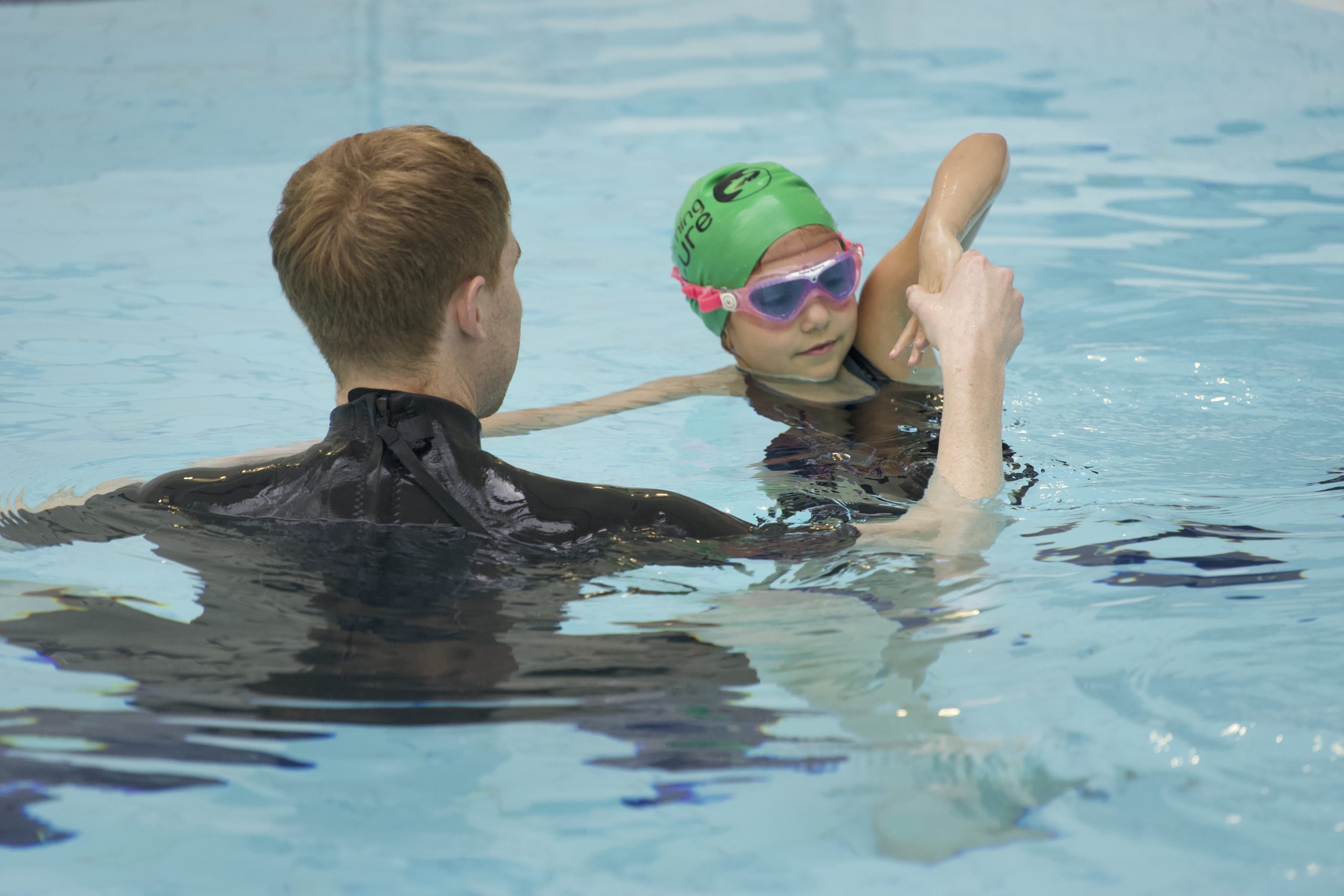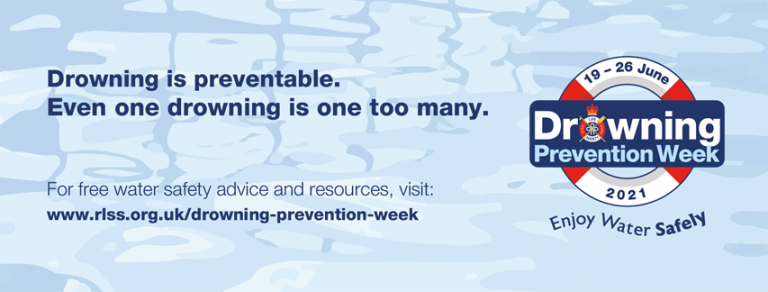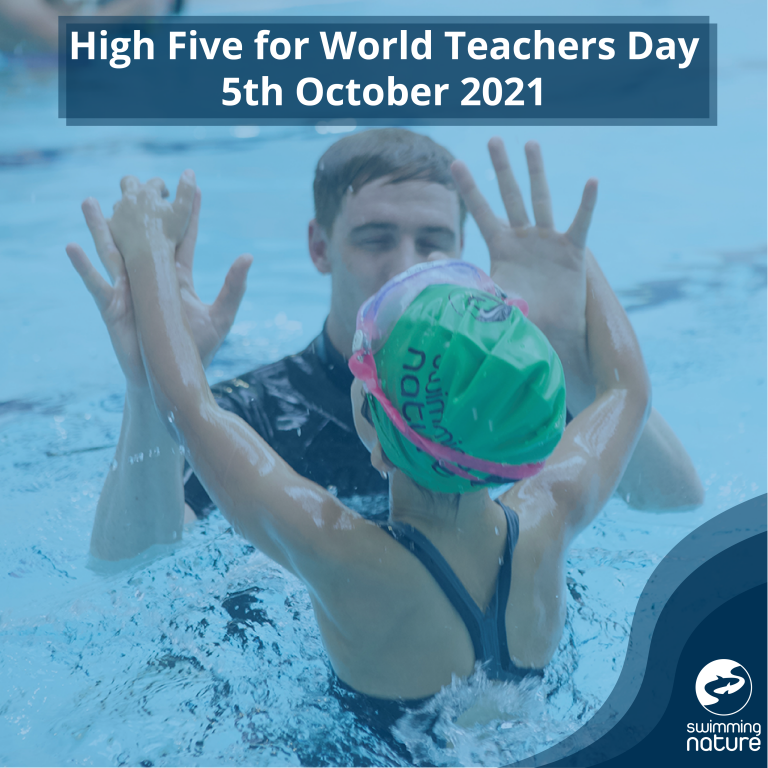For some, water is a happy place; for others, a place of fear. The difference between those who know how to swim and feel comfortable in and around water and those who can’t swim and feel trepidation near it is stark. Water safety is something many take for granted, but for millions of children and adults in Britain, it can be almost non-existent.
Ensuring the safety and well-being of their children is paramount for every parent. With this in mind, water safety should be the cornerstone of every child’s upbringing, considering the role water plays in recreation and daily life, but sadly, that’s not always the case – and the consequences can be dreadful.
Swimming is not only a valuable life skill but also a critical safety measure that can prevent drowning, one of the leading causes of accidental death among children. Let’s look at the importance of water safety and how swimming lessons can play a pivotal role in safeguarding your child’s life.
Understanding the Importance of Water Safety
Water is everywhere, from pools, lakes, and beaches to bathtubs and even large puddles. Each of these locations presents its own risks, especially to children who are naturally curious and may lack an understanding of the dangers water can pose.
Drowning can occur silently and swiftly, often without the splashing and noise that many expect as warning signs. This silent threat underscores the importance of water safety education and skills, such as swimming, for children.
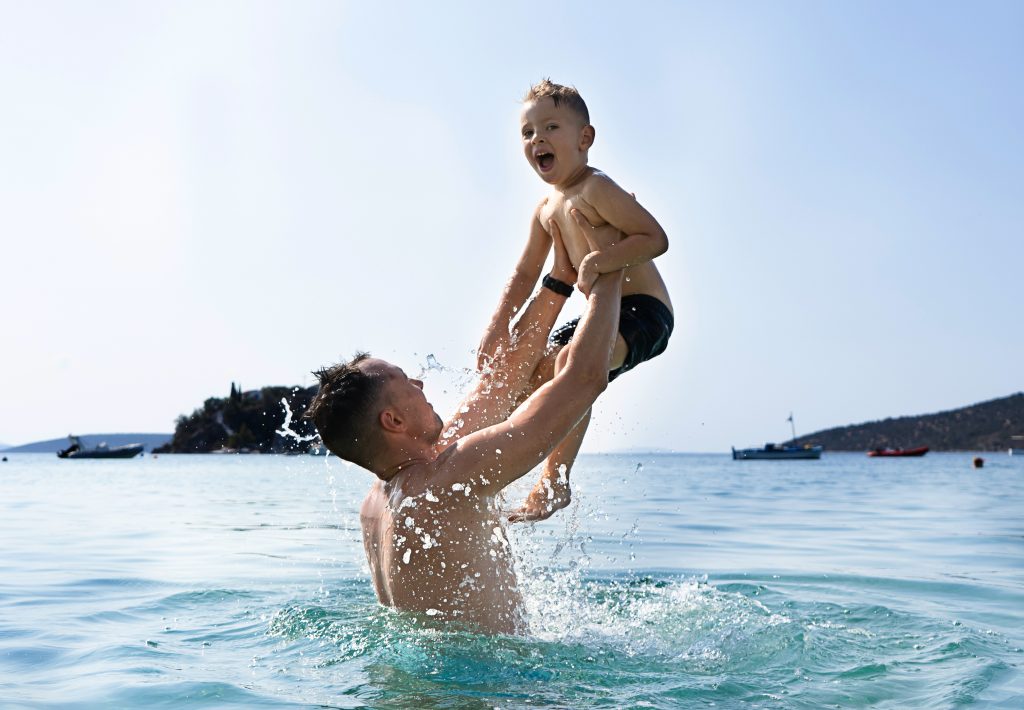
A Rising Problem
The statistics around drowning are alarming and highlight the need for action. In 2023, 226 people drowned in the UK, primarily in inland water, such as rivers, canals, lakes, reservoirs, and quarries. Nearly half of that number had no intention of entering the water, emphasising how accidents can happen at any time. The situation with children is particularly shocking. Between 2019 and 2022, there was an 85% increase in child mortality from drowning, with 35 deaths in 2022.
For any parent, seeing figures like this is painful. They are a sobering reminder of what can happen in the worst-case scenario. However, this is not something we should see as sadly inevitable. Once we understand why figures are rising and how we can address it, there’s no reason why this situation can’t be improved.
Falling Standards
Unfortunately, Britain has seen a steady decline in the number of people who can swim in the last few decades – both children and adults.
Almost 1 in 3 children – around 2 million – now leave primary school unable to swim, and that figure has jumped from 1 in 4 just two years ago. The percentage is roughly the same for adults, with 1 in 3 – over 14 million people – unable to swim 25 metres.
There are countless reasons behind this, from socio-economic and cultural to ingrained family fears and rising costs. While the why and the how certainly need to be addressed to affect change in future generations, for children and adults now, it’s a question of gaining the skills to improve their overall water safety.
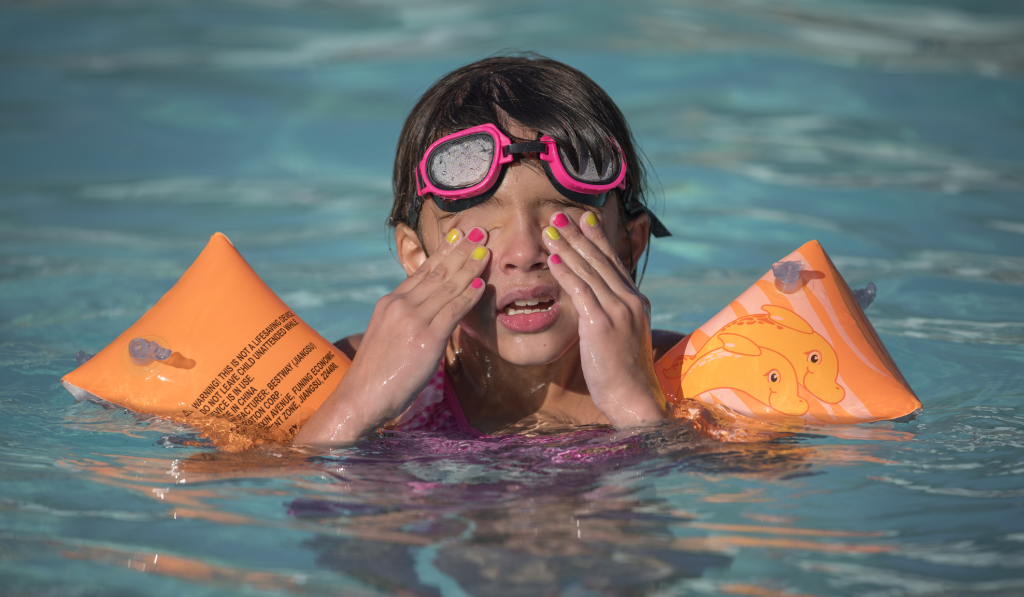
The Protective Power of Swimming Skills
Research indicates that formal swimming lessons can significantly reduce children’s drowning risk. A study published in the journal Pediatrics found that participation in formal swimming lessons may be associated with an 88% reduction in the risk of drowning in 1 – 4-year-old children.
These findings underscore the critical role that swimming lessons can play in a comprehensive approach to water safety.
Achieving Water Safety through Swimming Lessons
- Early Introduction to Water
Introducing your child to water early can help them become comfortable and respectful of water. Many swimming programs offer parent and me classes encouraging a positive water experience in a safe and controlled environment. These classes focus on water acclimatisation, confidence, basic safety skills, and fun, setting the foundation for more advanced swimming lessons in the future.
- Building Confidence and Skills
Swimming lessons progressively build a child’s confidence in the water and include essential skills such as floating, treading water, and basic stroke techniques. These skills are essential for safety, promote physical fitness, and can be a source of lifelong enjoyment.
- Understanding Water Safety Rules
Swimming lessons often incorporate water safety education, teaching children vital rules such as never swimming alone, understanding pool rules, and recognising the signs of someone in trouble. These lessons extend beyond the pool, equipping children with knowledge that applies to all water environments, including natural bodies of water.
- Lifesaving Skills
As children advance in their swimming abilities, they can also learn lifesaving skills, such as how to assist someone in trouble without putting themselves at risk. These skills are invaluable and instil a sense of responsibility and awareness that can be crucial in emergencies.
- Life Long Safe Swimming
When children learn to swim and respect water safety rules, these are skills that they’ll most likely have for the rest of their lives. Putting in the effort early and laying a solid foundation means a better chance of water safety in the future.
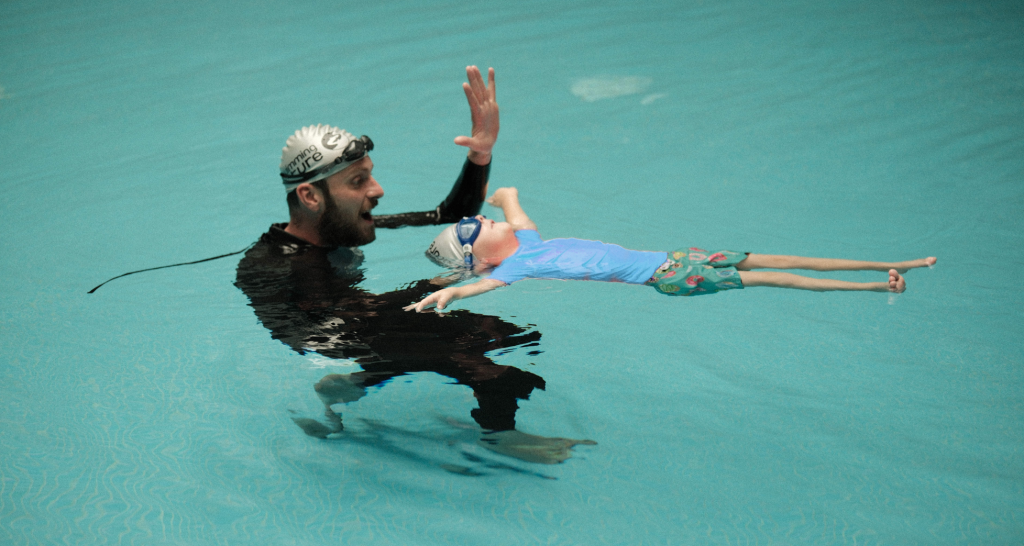
Overcoming Fears and Encouraging Participation
It’s normal for children (and sometimes parents) to feel apprehensive about swimming lessons. Here are some tips to ease fears and encourage participation:
- Be Positive – Your attitude towards swimming and water safety can significantly influence your child’s perception. Speak positively about swimming lessons and the fun aspects of learning to swim
- Calm your fears – Children can easily pick up on fear in adults. If you’re scared of the water yourself, do you best not to pass this on to your child
- Stay Involved – Participating in parent/child classes or being present during lessons can provide comfort and reassurance
- Celebrate Progress – Acknowledge and celebrate your child’s achievements in swimming, no matter how small, to build confidence and encourage continued participation
Choosing the Right Swimming Programme
Selecting the right swimming program is crucial to ensure that your child learns to swim and develops a healthy respect for water safety. Here are some factors to consider:
- Accreditation – Look for accredited programs accredited by recognised organisations that uphold high swim instruction and water safety standards.
- Qualified Instructors – Ensure that instructors are certified and experienced in teaching children of similar ages to your child.
- Class Size – Smaller classes allow for more personalised instruction and better supervision.
- Curriculum – Choose a program that emphasises both swimming skills and water safety education.
Water Safety with Swimming Nature
One of the significant problems with group classes has long been that they require a one-size-fits-all approach. Large classes with many children thrashing around and an instructor calling out from the sides might work for some, but increasingly, we’re seeing a substantial number slip through the net and leave swim class unable to swim confidently.
This is where private swim classes shine, as they can provide hands-on, personalised coaching to fit the student’s needs. Swimming Nature has been delivering its scientifically-backed methodology for more than 30 years now, and we’re proud to be the UK’s leading private swim provider.
With a 1:1 or 1:2 ratio and an instructor in the water at all times, children and adults get unparalleled tuition that focuses first on water confidence and buoyancy before moving on to the nuts and bolts that deliver beautiful, effortless swimming when combined. Britain has a rising problem with water safety, and we’re determined to do our bit to address the situation, spread confidence and the joy of gliding through water.
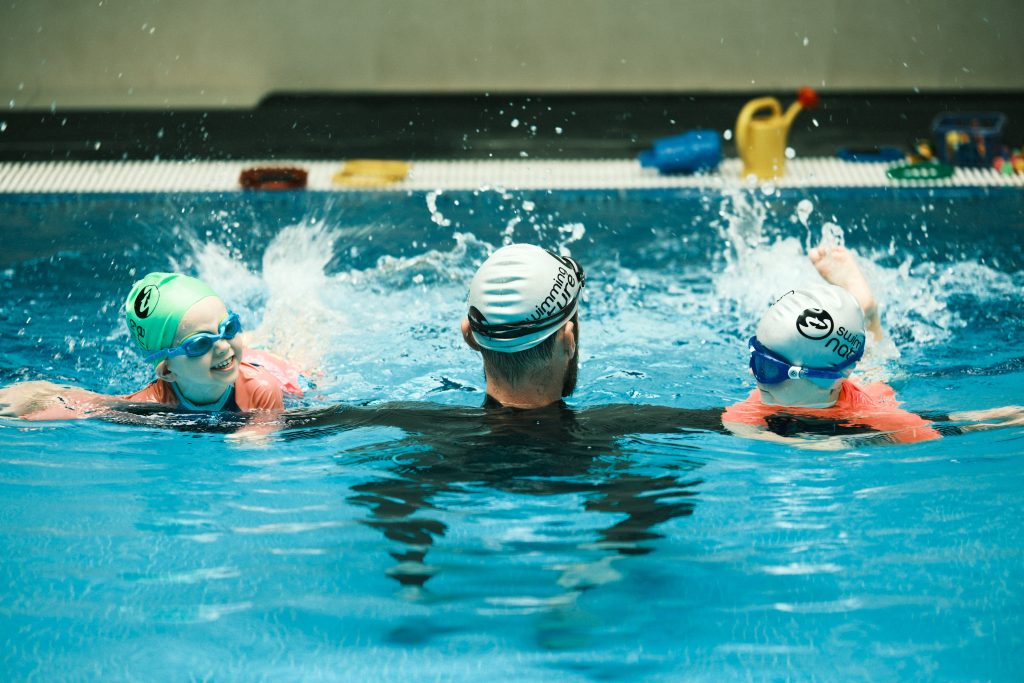

 LOG IN
LOG IN
 CONTACT US
CONTACT US
